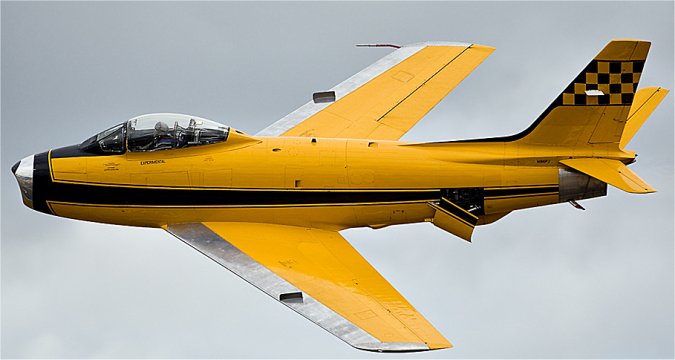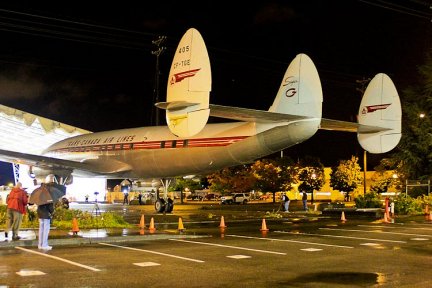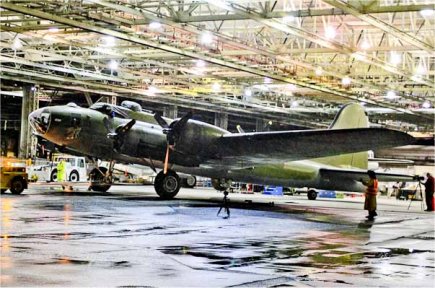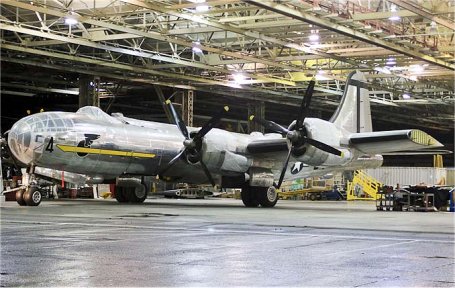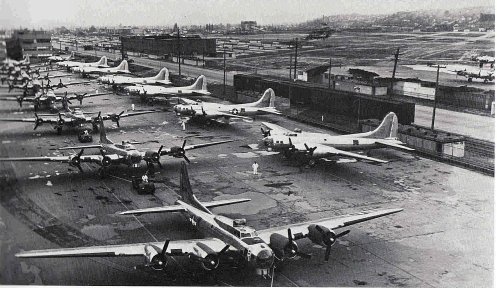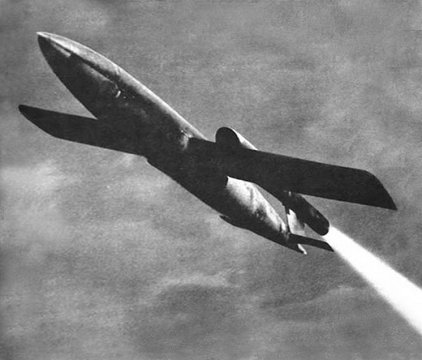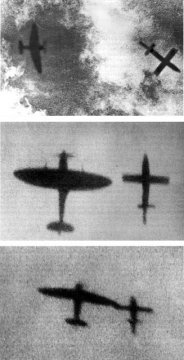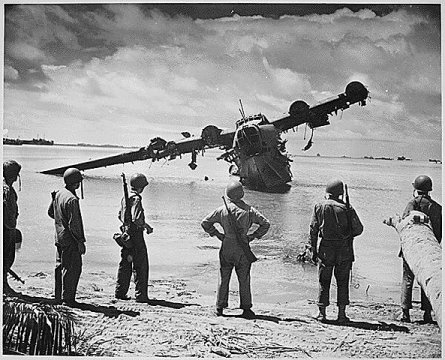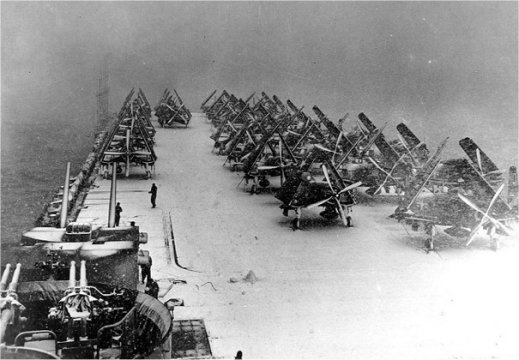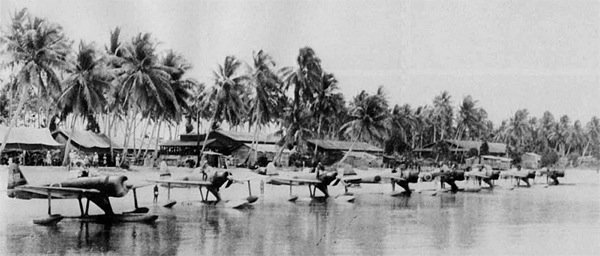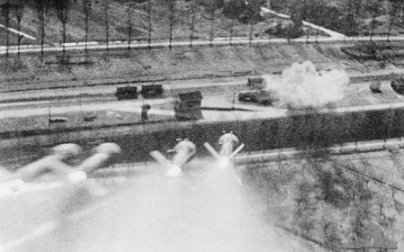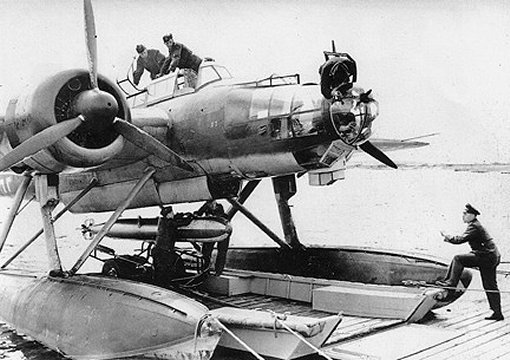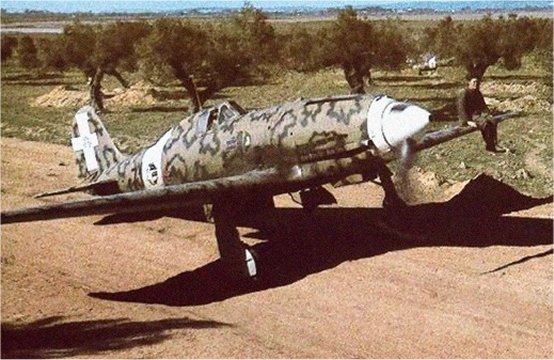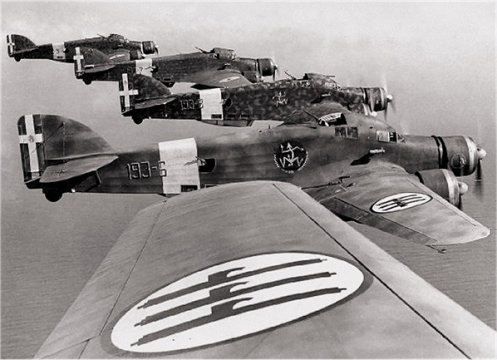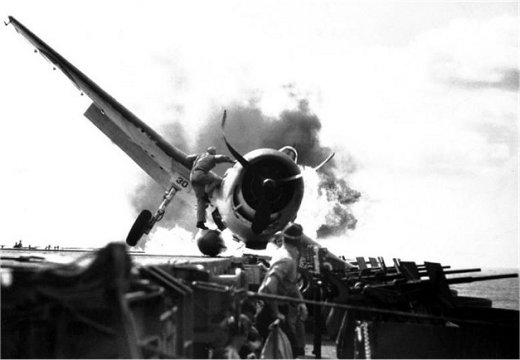The Day Japan Bombed Oregon
http://acmp.com/blog/the-day-japan-bombed-oregon.html
September 9, 1942, the I-25 class Japanese submarine was
cruising in an easterly direction raising its periscope occasionally as
it neared the United States Coastline. Japan had attacked Pearl Harbor
less than a year ago and the Captain of the attack submarine knew that
Americans were watching their coast line for ships and aircraft that might
attack our country. Dawn was approaching; the first rays of the sun were
flickering off the periscopes lens. Their mission; attack the west coast
with incendiary bombs in hopes of starting a devastating forest fire. If
this test run were successful, Japan had hopes of using their huge submarine
fleet to attack the eastern end of the Panama Canal to slow down shipping
from the Atlantic to the Pacific. The Japanese Navy had a large number
of I-400 submarines under construction. Each capable of carrying three
aircraft. Pilot Chief Warrant Officer Nobuo Fujita and his crewman Petty
Officer Shoji Okuda were making last minute checks of their charts making
sure they matched those of the submarine’s navigator.
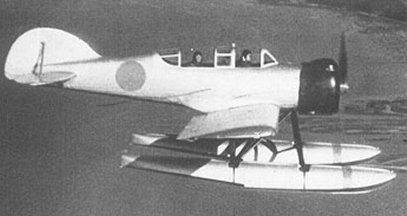
The only plane ever to drop a bomb on the United States
during WWII was this submarine based Glen.
September 9, 1942: Nebraska forestry student Keith V.
Johnson was on duty atop a forest fire lookout tower between Gold’s Beach
and Brookings Oregon. Keith had memorized the silhouettes of Japanese long
distance bombers and those of our own aircraft. He felt confident that
he could spot and identify, friend or foe, almost immediately. It was cold
on the coast this September morning , and quiet. The residents of the area
were still in bed or preparing to head for work. Lumber was a large part
of the industry in Brookings, just a few miles north of the California
Oregon state lines.
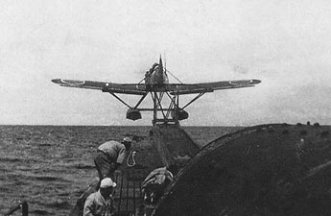
The aircraft carried two incendiary 168 pound bombs
and a crew of two.
Aboard the submarine the Captain’s voice boomed over the
PA system, “Prepare to surface, aircrew report to your stations, wait for
the open hatch signal” During training runs several subs were lost when
hangar door were opened too soon and sea water rushed into the hangars
and sank the boat with all hands lost. You could hear the change of sound
as the bow of the I-25 broke from the depths, nosed over for its run on
the surface. A loud bell signaled the “All Clear.” The crew assigned to
the single engine Yokosuki E14Ys float equipped observation and light attack
aircraft sprang into action. They rolled the plane out its hangar built
next to the conning tower. The wings and tail were unfolded, and several
176 pound incendiary bombs were attached to the hard points under the wings.
This was a small two passenger float plane with a nine cylinder 340 hp
radial engine. It was full daylight when the Captain ordered the aircraft
to be placed on the catapult. Warrant Officer Fujita started the engine,
let it warm up, checked the magnetos and oil pressure. There was a slight
breeze blowing and the seas were calm. A perfect day to attack the United
States of America. When the gauges were in the green the pilot signalked
and the catapult launched the aircraft. After a short climb to altitude
the pilot turned on a heading for the Oregon coast.
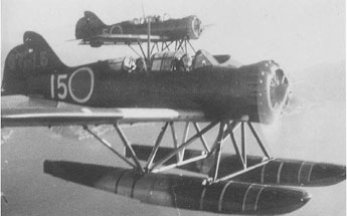
The “Glen” was launched via catapult from a I-25 class
Japanese submarine.
Johnson was sweeping the horizon but could see nothing,
he went back to his duties as a forestry agent which was searching for
any signs of a forest fire. The morning moved on. Every few minutes he
would scan low, medium and high but nothing caught his eye. The small Japanese
float plane had climbed to several thousand feet of altitude for better
visibility and to get above the coastal fog. The pilot had calculated land
fall in a few minutes and right on schedule he could see the breakers flashing
white as they hit the Oregon shores.
Johnson was about to put his binoculars down when something
flashed in the sun just above the fog bank. It was unusual because in the
past all air traffic had been flying up and down the coast, not aiming
into the coast.
The pilot of the aircraft checked his course and alerted
his observer to be on the lookout for a fire tower which was on the edge
of the wooded area where they were supposed to drop their bombs. These
airplanes carried very little fuel and all flights were in and out without
any loitering. The plane reached the shore line and the pilot made a course
correction 20 degrees to the north. The huge trees were easy to spot and
certainly easy to hit with the bombs. The fog was very wispy by this time.
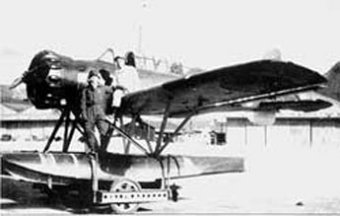
Warrant Officer Fujita is shown with his Yokosuka
E14Y (Glen) float plane prior to his flight.
Johnson watched in awe as the small floatplane with a
red meat ball on the wings flew overhead, the plane was not a bomber and
there was no way that it could have flown across the Pacific, Johnson could
not understand what was happening. He locked onto the plane and followed
it as it headed inland.
The pilot activated the release locks so that when he
could pickled the bombs they would release. His instructions were simple,
fly at 500 feet, drop the bombs into the trees and circle once to see if
they had started any fires and then head back to the submarine.
Johnson could see the two bombs under the wing of the
plane and knew that they would be dropped. He grabbed his communications
radio and called the Forest Fire Headquarters informing them of what he
was watching unfold.
The bombs tumbled from the small seaplane and impacted
the forests, the pilot circled once and spotted fire around the impact
point. He executed an 180 degree turn and headed back to the submarine.
There was no air activity, the skies were clear. The small float plane
lined up with the surfaced submarine and landed gently on the ocean, then
taxied to the sub. A long boom swung out from the stern. His crewman caught
the cable and hooked it into the pickup attached to the roll over cage
between the cockpits. The plane was swung onto the deck, The plane’s crew
folded the wings and tail, pushed it into its hangar and secured the water
tight doors. The I-25 submerged and headed back to Japan.
This event ,which caused no damage, marked the only time
during World War II that an enemy plane had dropped bombs on the United
States mainland. What the Japanese didn’t count on was coastal fog, mist
and heavy doses of rain made the forests so wet they simply would not catch
fire.
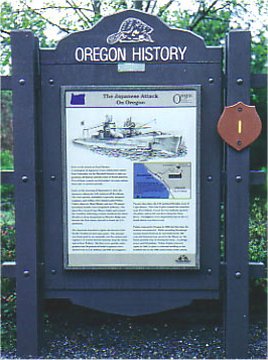
This Memorial Plaque is located in Brookings, Oregon
at the site of the 1942 bombing
Fifty years later the Japanese pilot, who survived the
war, would return to Oregon to help dedicate a historical plaque at the
exact spot where his two bombs had impacted. The elderly pilot then donated
his ceremonial sword as a gesture of peace and closure of the bombing of
Oregon in 1942.
 The
REAL story behind the first Kilroy
The
REAL story behind the first Kilroy
